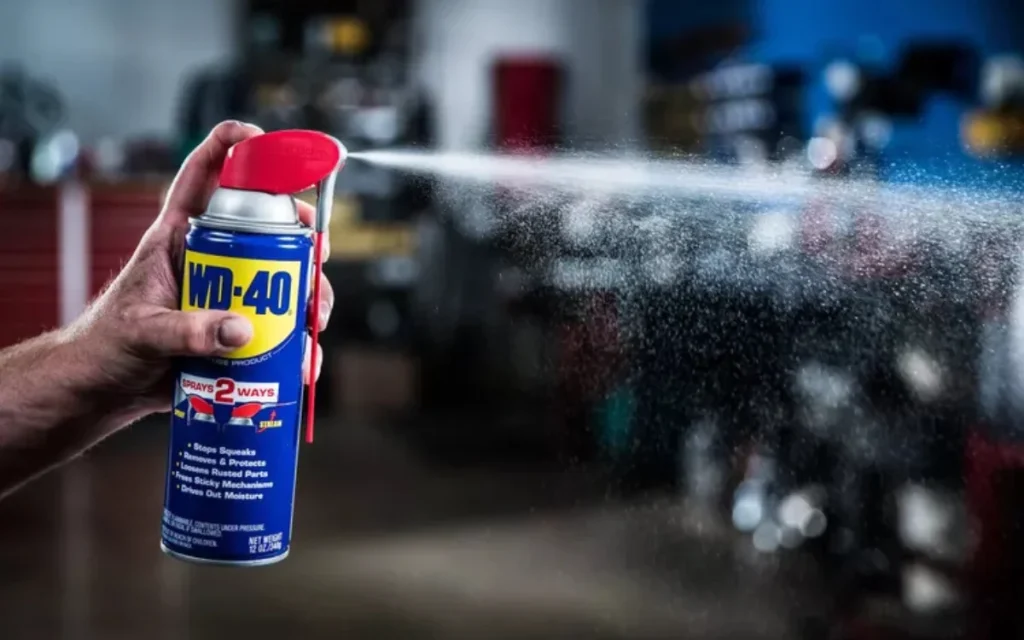Mechanics push back on viral WD-40 wheel-well hack and warn it can hurt your vehicles
Published on Nov 24, 2025 at 11:27 AM (UTC+4)
by Molly Davidson
Last updated on Nov 24, 2025 at 5:40 PM (UTC+4)
Edited by
Mason Jones
A winter hack is making the rounds online, and it’s all about spraying WD-40 inside your wheel well.
The idea behind it is to keep the slush from sticking when the temperatures drop.
But while the clip is going viral, the reaction from mechanics hasn’t been all that positive.
Because they’re warning this quick fix can create bigger problems than the ice itself.
DISCOVER SBX CARS – The global premium auction platform powered by Supercar Blondie
Why mechanics say the WD-40 wheel-well hack can backfire
In his Facebook Reel, automotive creator Ceith Griffith sprays WD-40 around a wheel well and promises the ice will ‘just slide right off.’
It’s pitched like one of those easy winter tricks anyone can try in their driveway – spray the slippery stuff, stop the sticky stuff, done.
And if you’ve ever driven through winter slush, you get why the idea sounds tempting.
Frozen chunks can build up fast, thump against the bodywork, and even make the steering feel off.
So when someone claims a quick spray can prevent all that, it’s easy to see why millions listened.
The logic comes from snow blower chutes, where sprays can keep slush from clogging the exit.
But the thing is, a chute sits still, while your wheel wells are getting blasted from every angle.
So what works in one place doesn’t automatically work in the other.
Why mechanics say this hack can actually cause problems
Once the clip went viral, mechanics jumped in with a pretty clear message: don’t do this.
Wheel wells are packed with parts that don’t get along with WD-40 – plastic liners, rubber seals, wiring, sensors, brake lines.
Spraying a petroleum-based chemical over all that is the car equivalent of dumping soda into your laptop and hoping it runs cooler.
And the spray doesn’t stay where you put it.

As soon as you’re driving, the wheel well gets blasted with salt, rocks, slush, and airflow.
WD-40 flings everywhere.
If even a little hits the tire tread or a brake rotor, you lose traction or braking power instantly.
Even DIY forums back the pros up.
People who’ve tried similar tricks say it flat-out doesn’t work, and automakers already design cars to tolerate normal winter buildup.
The real issue is the salty water trapped behind the ice, slowly chewing through metal if you never clean it away.
The message from those in the know is to stick to the basics: kick the ice off, get an undercarriage wash, and run proper winter tires.
It might not be as innovative but, unlike this Facebook hack, it won’t make things worse.
DISCOVER SBX CARS: The global premium car auction platform powered by Supercar Blondie
Molly Davidson is a Junior Content Writer at Supercar Blondie. Based in Melbourne, she holds a double Bachelor’s degree in Arts/Law from Swinburne University and a Master’s of Writing and Publishing from RMIT. Molly has contributed to a range of magazines and journals, developing a strong interest in lifestyle and car news content. When she’s not writing, she’s spending quality time with her rescue English staffy, Boof.




